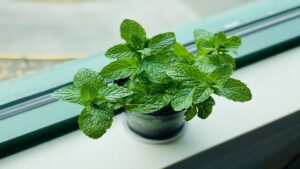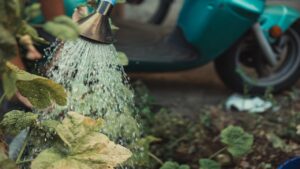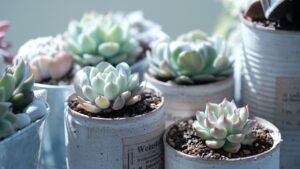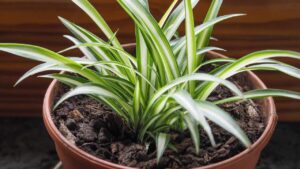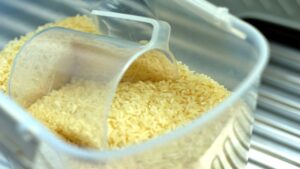It Can Become a Panacea for Your Plants
When it comes to tending to plants and the garden, we often turn to the internet to discover useful ideas and remedies to promote lush growth. However, the web is known to be a parallel world where everything circulates, truthful news and fake news. Today, let’s explore one suggested remedy: hydrogen peroxide, and figure out together if it genuinely benefits plants.
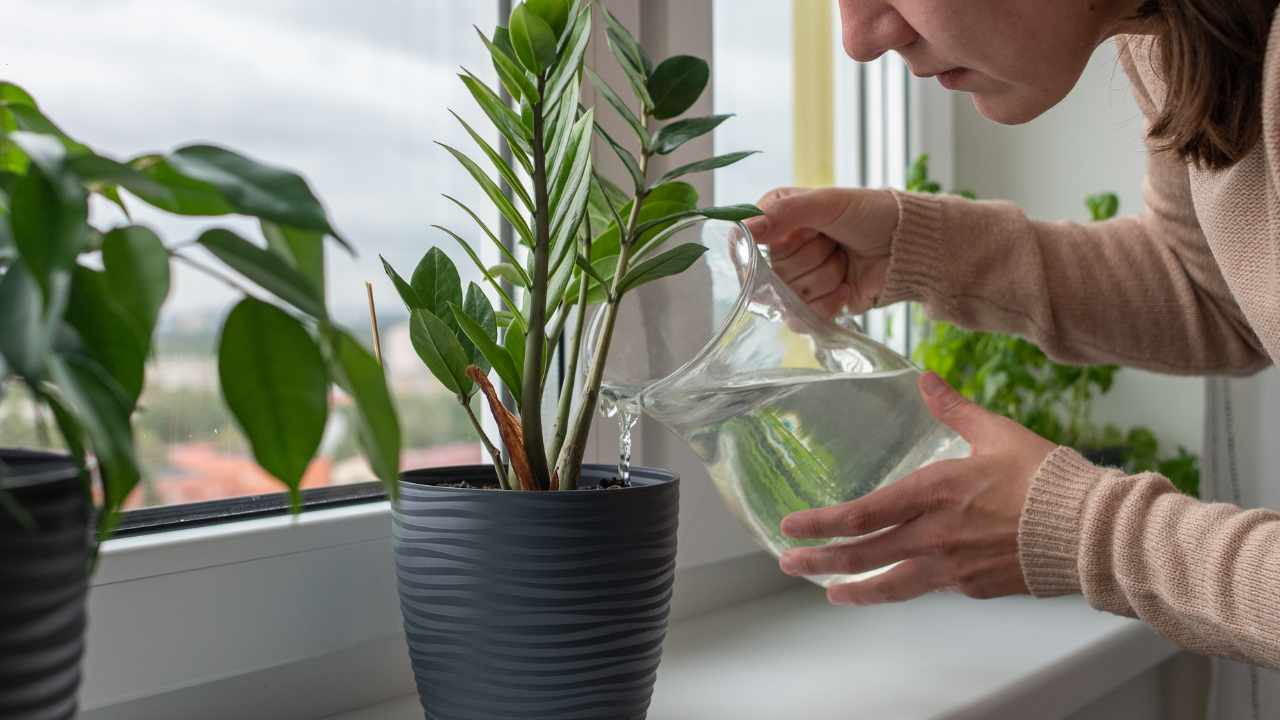
Hydrogen peroxide, the elixir for plants
As far as hydrogen peroxide is concerned, this is not a hoax; it’s indeed a plant savior. Acting as a disinfectant, it proves valuable for treating infected or damaged plants. Its oxidizing power can kill bacteria, fungi, and other harmful parasites.
That’s not all! Using a diluted hydrogen peroxide solution on plant leaves can also effectively prevent or combat fungal problems like leaf mold. This product works by eliminating fungi on the leaf surface, curbing the spread of spores.
With its unique formulation, hydrogen peroxide provides oxygen to the plant roots. This promotes improved breathing, encourages greater root growth, and enhances the absorption of nutrients.
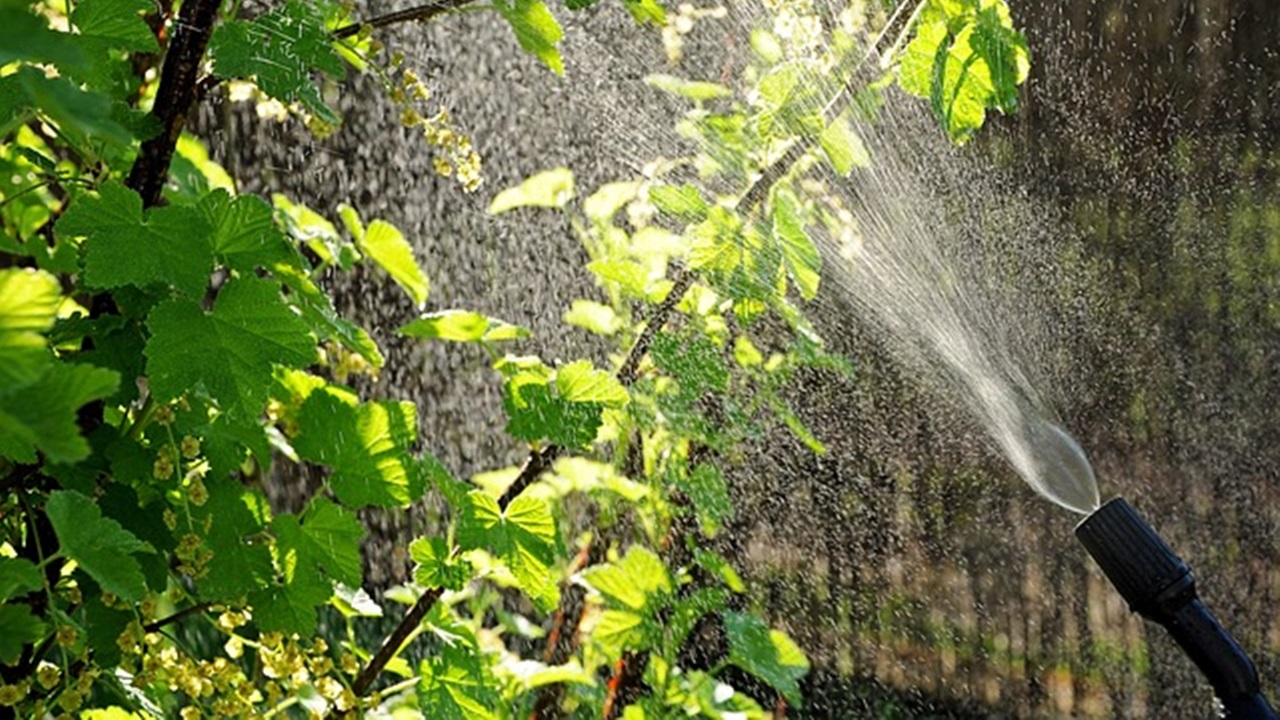
Since it is a very strong product, using hydrogen peroxide in its pure form or incorrectly may harm or even kill plants. To harness its benefits safely, dilute it with water at a ratio of 3 parts hydrogen peroxide to 100 parts water.
To ward off fungal diseases or pests, mix a liter of water with 300 ml of 10-volume hydrogen peroxide. Transfer this mixture into a spray container and apply it to the roots and leaves. It’s best to do this early in the morning or evening when the heat is not excessive, avoiding the risk of leaf burn. Repeat this treatment at most once a month for optimal plant care.
If you wish to use hydrogen peroxide as a fertilizer, dilute 30 ml with 4 liters of water. Use this solution to irrigate your plants once a week. This compound aids in introducing oxygen into the soil, fostering robust plant root growth.
